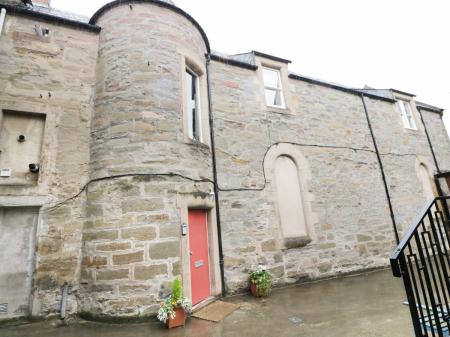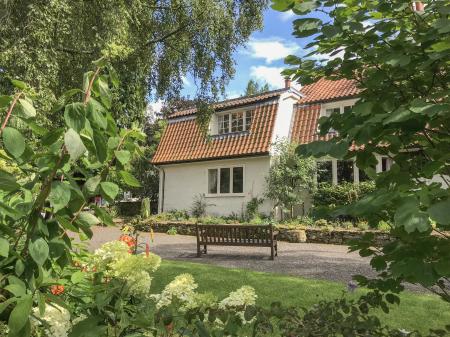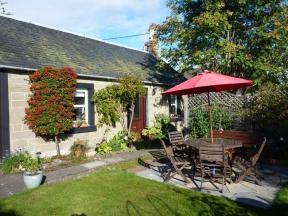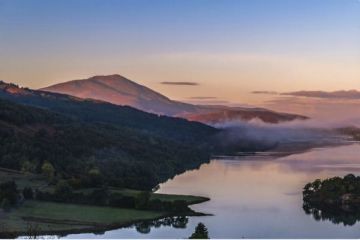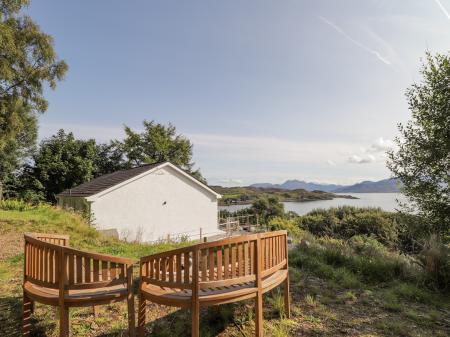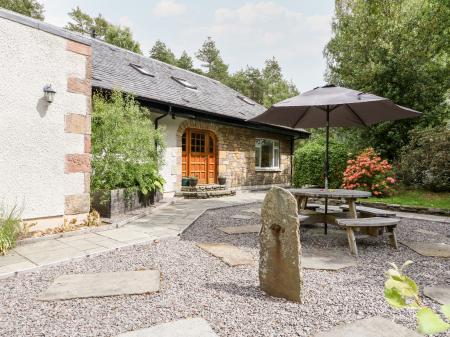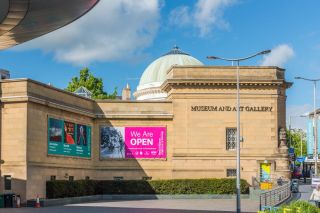
In 1784 the Antiquarian Society of Perth was established. The society soon expanded its remit to include literary works, and from this beginning, the museum and art gallery grew. In 1824 the Society asked architect David Morison to design a Palladian-style building to house their collections.
The result was the Marshall Monument, commemorating Thomas Hay Marshall (1780 -1808), a provost of the city, whose interest in Georgian neo-classical architecture transformed the face of Perth. The Marshall Monument was modelled after the Pantheon in Rome, with Ionic columns designed to emphasise the building's role in fostering learning and education.
In 1915 the Monument was granted to the city of Perth on condition that it continue to be used as a library or museum in perpetuity. The building was extended in 1926 to house a city art gallery and the collections of the Perthshire Society of Natural Science.
What to See
The museum holds over 500,000 items, so it is hard to pick out just a few highlights! The interior space is separated into several broad themes. Among these themes are the natural history of Perthshire, with over 150,000 specimens covering zoology, geology, and botany of the region. The natural history collection is the 6th largest in Scotland.
Another theme is the collection of fine and applied art, with part of the collection coming from bequests given by the Marquis of Breadalbane and the Earl of Ormelie. The collection has over 900 oil paintings including works by Old Masters and Scottish artists like Sir Henry Raeburn and Robert Lauder.
Pre-Raphaelite painter John Everett Millais is represented with 3 works, but perhaps the most iconic painting is Loch Katrine, by Horatio McCulloch, which helped form the romanticised vision of Scotland so popular in the Victorian period.
The History and Archaeology Collections cover 10,000 years of Perth and Kinross heritage, from artefacts of early settlers to Pictish carvings and early Christian carved stones. See weapons and armour, stamps, objects depicting social history and ethnography. The archaeological collection spans the period from prehistory, to the Romans, medieval, and more recent.
One of the most important objects is the Barnhill Mercury, a small bronze statue of the Roman god Mercury found in a garden at Barnhill, Perth, in 1936. The figure holds a money-bag, and may have belonged to a Roman soldier, for Mercury was often invoked to protect the pay of soldiers.
The museum holds an extremely large collection of historic photographs of Perth people and scenes, from the 1850s to the present. Over 150,000 photos show the growth and development of Perth. There is a collection of art by JD Ferguson and his partner Margaret Morris (see the JD Ferguson Gallery for still more work by this prolific artist).
Free entry, open daily except in winter.
